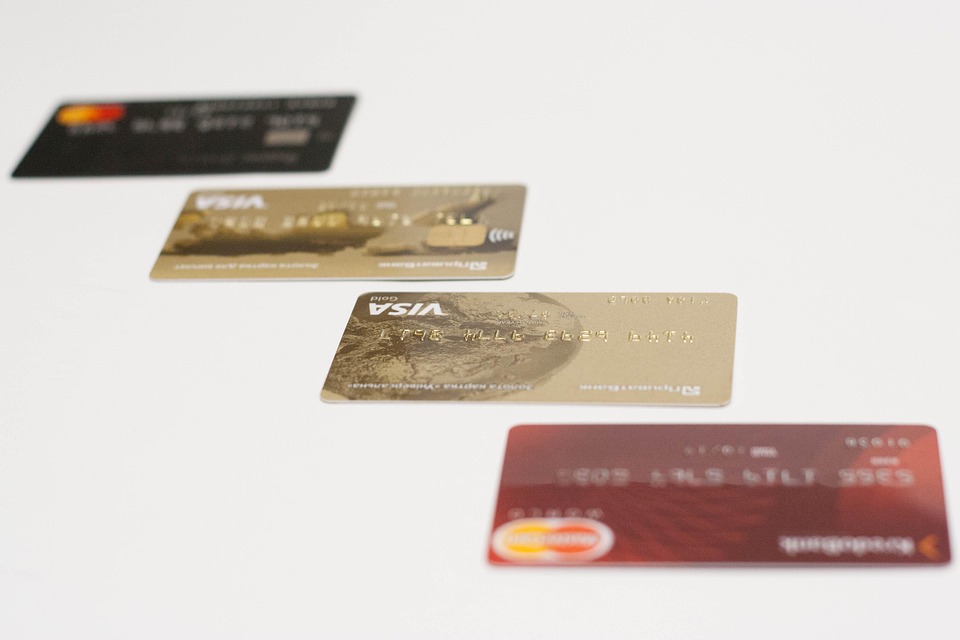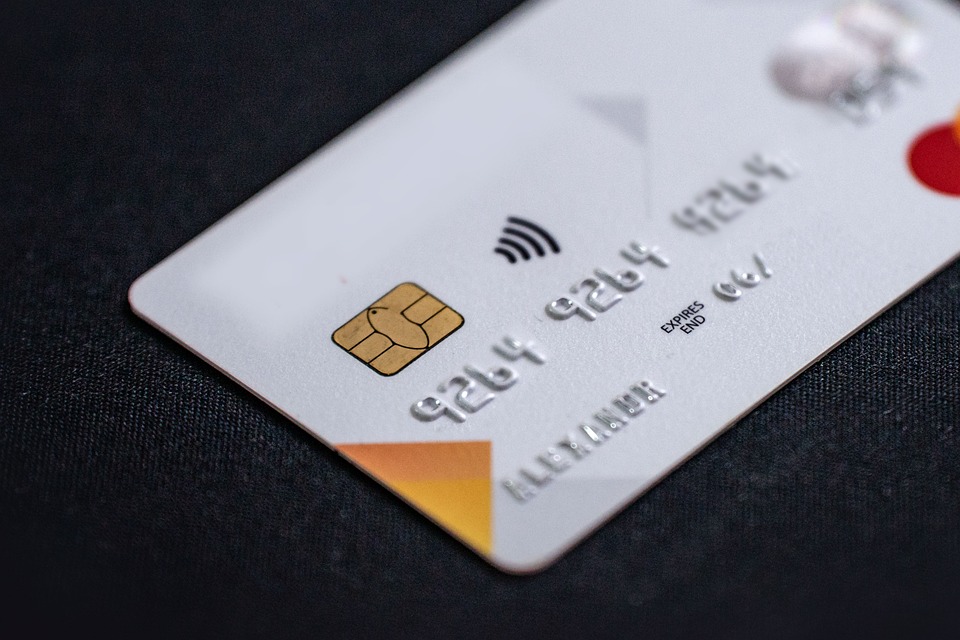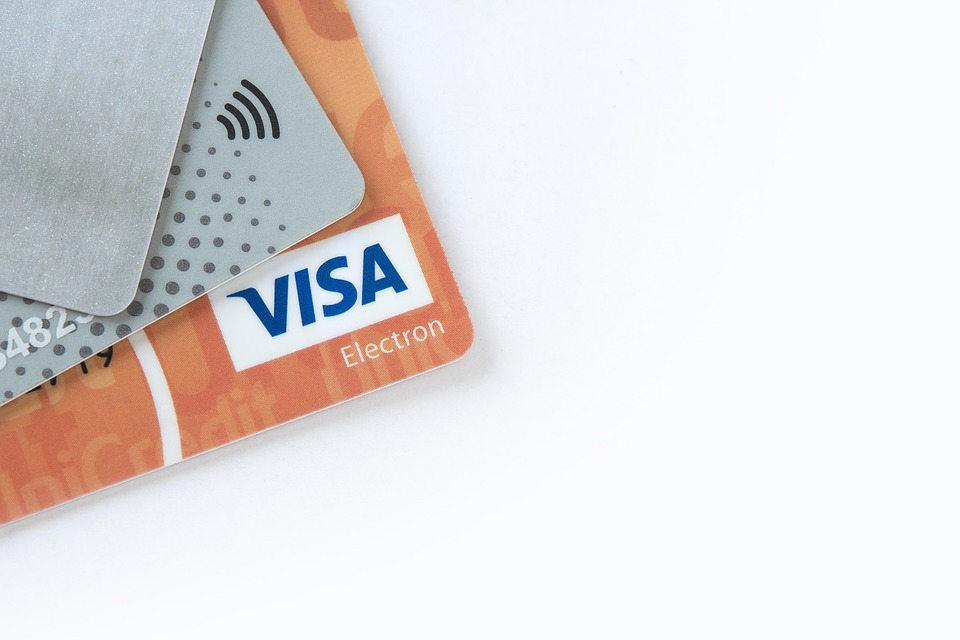Understanding Bad Credit Loans: What You Need to Know
In today’s financial landscape, many individuals find themselves facing the challenge of bad credit. Whether due to unforeseen circumstances, medical emergencies, or simply mismanagement of finances, a low credit score can significantly limit your borrowing options. However, bad credit loans can provide a lifeline for those in need of immediate financial assistance. This article aims to shed light on what bad credit loans are, how they work, and what you should consider before applying.
What Are Bad Credit Loans?
Bad credit loans are financial products specifically designed for individuals with poor credit histories. These loans are typically offered by lenders who are willing to take on higher risks in exchange for higher interest rates. The primary goal of these loans is to provide access to funds for those who may not qualify for traditional loans due to their credit scores.
Types of Bad Credit Loans
There are several types of bad credit loans available, each catering to different financial needs:
1. **Personal Loans**: Unsecured personal loans can be obtained without collateral, making them a popular choice for those with bad credit. However, interest rates may be significantly higher.
2. **Payday Loans**: These short-term loans are designed to cover immediate expenses until your next paycheck. While they are easy to obtain, they often come with exorbitant interest rates and fees.
3. **Secured Loans**: By offering collateral, such as a vehicle or property, borrowers can secure a loan even with bad credit. This reduces the lender’s risk but puts the borrower’s assets at stake.
4. **Credit Builder Loans**: These loans are specifically designed to help individuals improve their credit scores. The borrowed amount is held in a savings account until the loan is paid off, allowing borrowers to build credit history.
How to Qualify for a Bad Credit Loan
Qualifying for a bad credit loan can vary depending on the lender. However, there are some common criteria that most lenders will consider:
– **Credit Score**: While bad credit loans are available for those with low scores, lenders will still review your credit history to assess risk.
– **Income**: Proof of stable income is crucial. Lenders want to ensure that you can repay the loan.
– **Debt-to-Income Ratio**: This ratio compares your monthly debt payments to your monthly income. A lower ratio indicates better financial health.
– **Employment History**: A steady job history can improve your chances of approval, as it demonstrates reliability.
Pros and Cons of Bad Credit Loans
Before applying for a bad credit loan, it’s essential to weigh the pros and cons:
**Pros**:
– Access to funds when traditional loans are unavailable.
– Opportunity to rebuild credit with timely payments.
– Quick approval and funding in many cases.
**Cons**:
– Higher interest rates and fees.
– Potential for falling into a debt cycle if not managed properly.
– Limited borrowing amounts compared to traditional loans.
Tips for Choosing the Right Bad Credit Loan
When considering a bad credit loan, it’s crucial to do your research and choose wisely. Here are some tips to help you make an informed decision:
– **Compare Lenders**: Shop around and compare interest rates, fees, and terms from multiple lenders to find the best deal.
– **Read the Fine Print**: Always review the loan agreement carefully to understand all terms and conditions, including any hidden fees.
– **Consider Alternatives**: Explore other options, such as credit unions or peer-to-peer lending platforms, which may offer better rates.
– **Create a Repayment Plan**: Before taking out a loan, ensure you have a solid plan in place for repayment to avoid further financial strain.
Conclusion
Bad credit loans can be a viable solution for those in need of immediate financial assistance. However, they come with their own set of challenges and risks. By understanding the types of loans available, the qualification criteria, and the potential pros and cons, you can make an informed decision that aligns with your financial goals. Always remember to borrow responsibly and prioritize rebuilding your credit for a more secure financial future.




